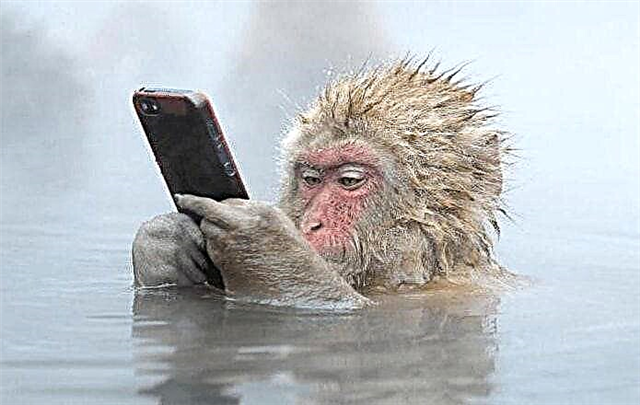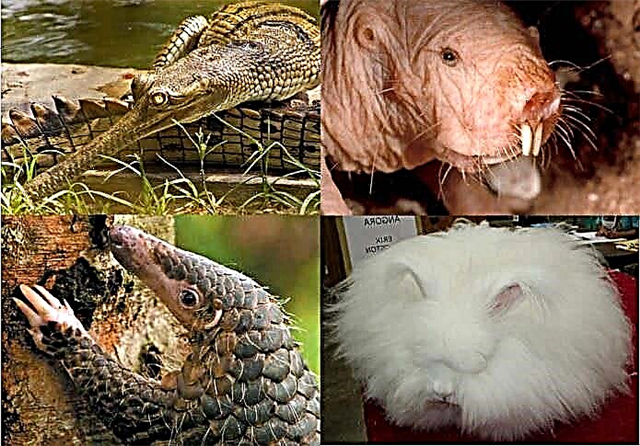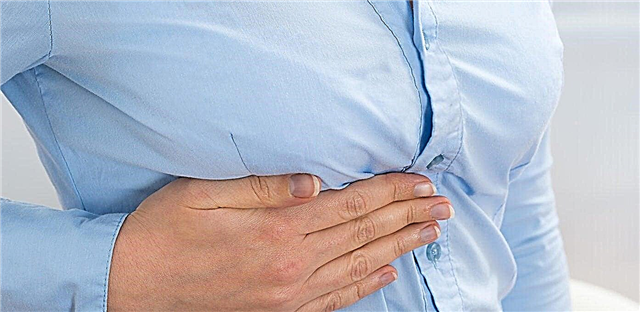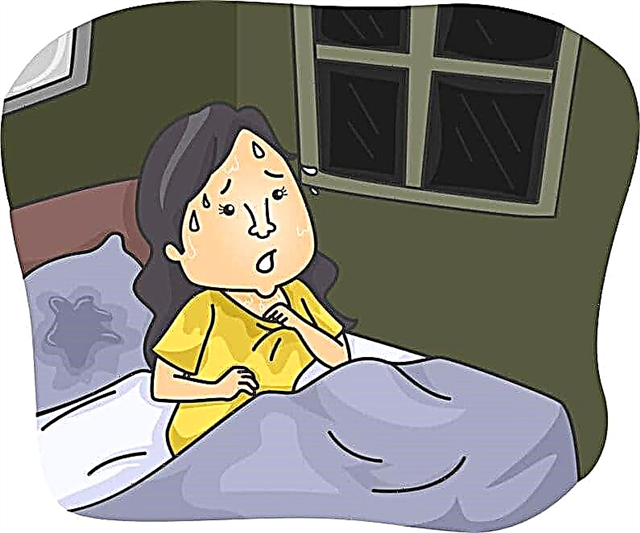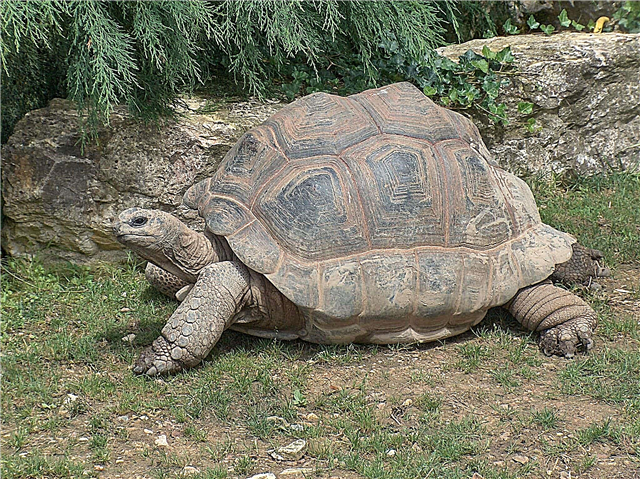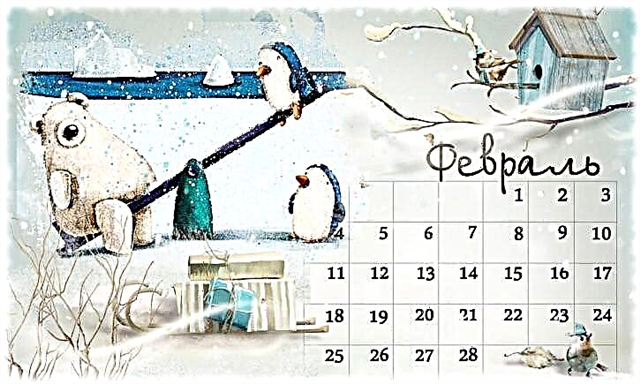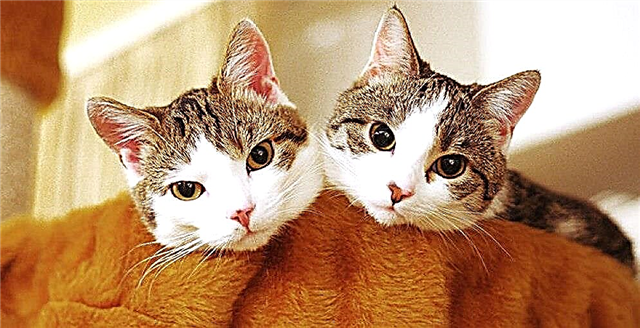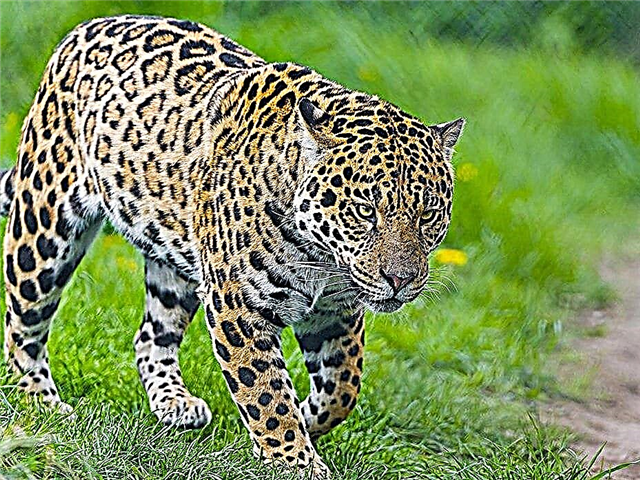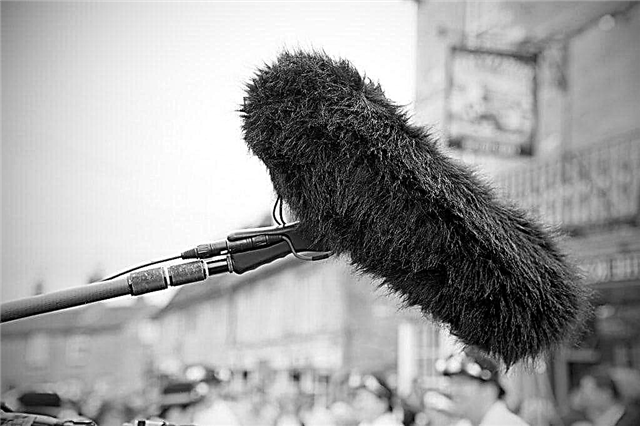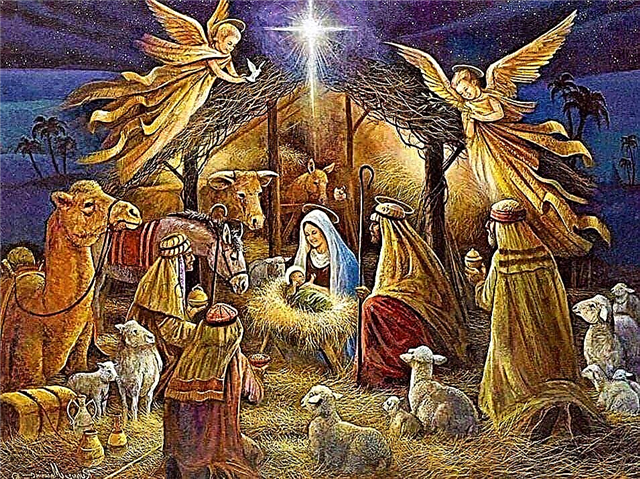
When spring comes and warming begins, migratory birds return from distant wanderings. During this period of time, many people prefer to relax in nature, and it is likely that you can meet a small chick that fell out of the nest. A very natural desire to help may arise, but quite often it is not immediately clear what can be done. First of all, you need to determine whether the chick really needs help.
Sometimes young birds can leave the nest, resting only half. They still do not know how to fly completely, but are already trying to explore the world around them. If the parents flew away to look for food for the chicks, then they remain alone for a period of time. It is worth considering that some birds live on the ground and prefer to hide in the grass with their offspring. However, if you can see with the naked eye that the chick is in trouble and needs help, then you can try to help him.
Help chick
First of all, you need to inspect the place where the chick was found. This action will significantly help in determining the type of bird itself. Next, you should carefully bring the chick to the house, providing it with maximum comfort during transportation. It is important not to compress it.
Having brought the baby into the house, it should be inspected for damage and wounds. If the damage looks serious enough (the foot or wing is broken or the chick is in a state of shock), you should contact your veterinarian.However, if there is no damage, then it is enough for the chick to provide food and peace and he will recover.
Chick food
It’s not easy to feed a small chick. For example, such products as crackers, cereals, cereals, the growing body simply can not accept, as it needs plant proteins. An exception are pigeons. They can be fed porridge, but only unsalted. All the rest chicks need to be fed with bird food, which can be bought at any store with pet products, earthworms and various insects. Also, boiled eggs are suitable as food for the chick. It is not recommended to feed the baby with Colorado bugs or bugs.
It is important to remember that, due to the rapid metabolism, the little chick eats a lot. Approximately every 10 minutes it is necessary to feed him, otherwise he will feel hunger and may die. When the chick grows up and gets stronger, he will not need to receive too frequent food, and it will be enough to feed him once every half an hour. You also need to know about the biological clock, so the first feeding should be around 6 in the morning, and the last - no later than at 10 in the evening.
How to feed
In order to feed the chick, it is best to use tweezers. It is best to touch the baby as little as possible. If the chick begins to refuse to eat, it will be necessary to feed him by force, but it is important to remember that with such a responsible matter, accuracy and concentration are important. To do this, take a syringe without a needle with grated food inside and, slightly spreading the beak with one hand, introduce food into the chick's mouth. Do not be afraid that he will choke or suffocate, as the anatomy of the birds allows him to swallow large pieces of food.
It is worth taking into account that such a change of scenery can be stressful for a little chick. For this reason, it is necessary to take care of it and pay due attention to the baby. When the chick gets stronger and grows up, he will begin to try to fly. It is important during these attempts to monitor the baby, as, perhaps, its wings are not yet sufficiently developed. However, this is already a sign that the chick is healthy and ready to continue its existence in the wild.

